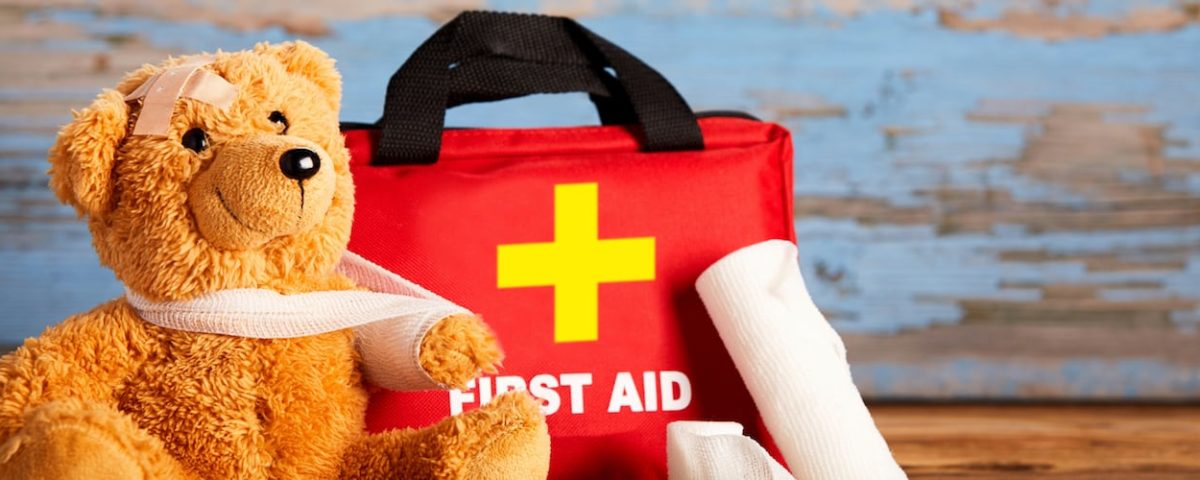- FIND YOUR NANNY TODAY!
- 1-888-556-2664
- 702-556-3998
5 First Aid Tips Every Parent Should Know

Life with kids means you’ll be the first responder to medical situations now and again. Whether you notice your child getting a cold or they’ve bumped their head on the corner of the coffee table, it’s important for parents to know how to approach your child’s health and well-being with confidence. This means you, and any caregivers such as babysitters and nannies, should know some basic first aid.
5 Important First Aid Tips for Every Parent
Here are 5 must know tips and techniques for handling common medical situations in children:
1. Choking Response Techniques
Young children are susceptible to choking. Especially when children are learning to eat, they can be at risk for choking on foods like grapes, carrots, pieces of candy, hot dogs, and more. However, items such as marbles and legos can also pose choking hazards. Older babies and toddlers are at most risk for choking because eating is relatively new to them.
What should you do if your child is choking? First, if your child is still coughing, allow them to do so. However, if your child is no longer coughing, call 911 and begin back blows. If your child is under 1 year old, place the child on your lap, face-down, so that their head is lower than their back. Give 5 firm back blows, holding their mouth open. Gravity and the blows can help eject the object.
For older children, you can use the Heimlich maneuver or abdominal thrusts. To do this, make a fist with one hand, stand behind your child and place your fist between their belly button and rips. Clasp the fist with your other hand and pull in and up quickly 5 times.
2. How to Treat a Burn
Perhaps your child grabbed a hot cookie sheet or touched something on the stove, resulting in a burn. What should you do next? For minor burns, have your child place the affected area under cool running water. Then, protect the burn with a clean cloth or bandage. You can also give over the counter pain medications if your child complains of pain. If your child has large blisters that ooze or appear infected, make sure you take your child to see a doctor.
3. Head Trauma
Despite being scary, head injuries for children usually aren’t more serious than a bruise or scrape. Here are some signs you need to head to the ER:
• Your child is unconscious
• Slurred speech or confusion
• Unsteady walking
Call your doctor if:
• There’s excessive swelling (more than 1 inch)
• There’s a dent rather than a bruise
• You suspect your child needs stitches
• Headache that lasts more than 1 day.
4. How to Lower A Fever
Fevers can be dangerous once they reach 103 F for children 6 months to a year old and 104 F for older children. When this happens, give your child fever reducing medication. Then, you can also make use other first aid techniques including:
• Stripping your child down to their underwear
• Give the child a cool bath or sponge bath
Contact your pediatrician if your child’s fever won’t come down or the fever lasts for 24 hours for a 1 or 2 year old or for more than 48 hours for older children.
5. Bruises
A bruise usually isn’t dangerous, but can be important to watch as they can show internal bleeding. You can check if internal bleeding is taking place by drawing a circle around the bruise with a pen and checking back later to see if the bruise has grown. If so, take your child to the ER.
When in doubt, always check with your doctor’s office to see whether your child should be seen. In most cases, childhood illnesses and injuries can be treated at home, but chances are you’ll have to visit the doctor now and again. With these tips to guide you, you’ll have a better idea of when to take your child in to be seen by a medical professional.
